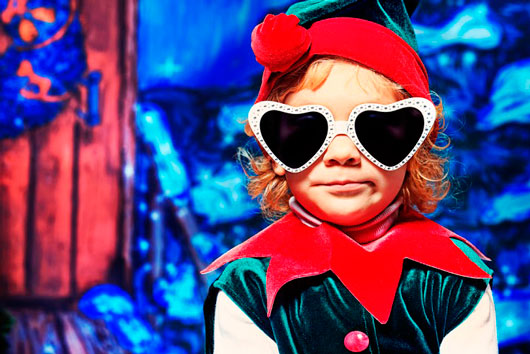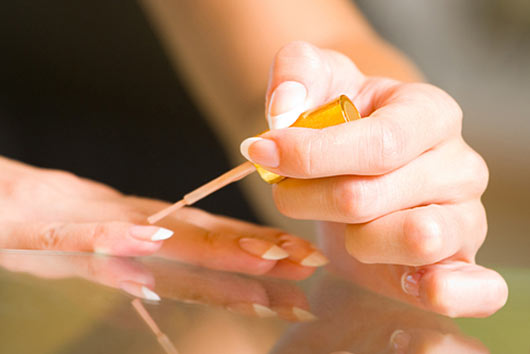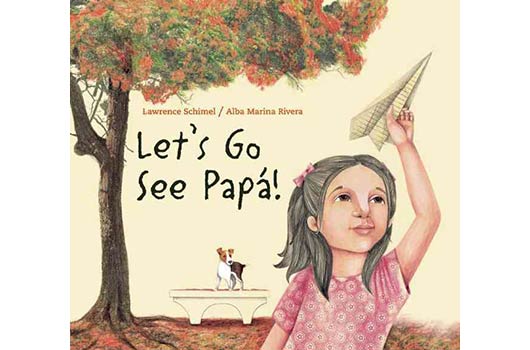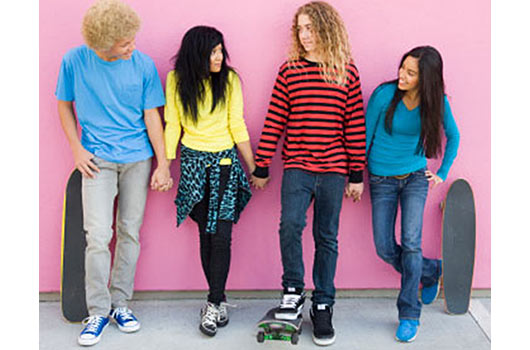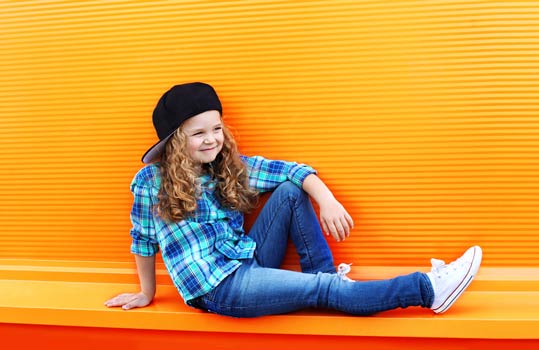
I never was a fan of parading girls around in pink. It’s not that I don’t like pink. It’s a fabulous color for cotton candy, feather boas, and Virginia ham. But I’ve always had a problem with society’s narrow definitions of beauty and especially femininity. If I was going to have a girl, I didn’t want her to be primped; I wanted her to be empowered. And dressing her all pretty in pink seemed tantamount to leading her around in handcuffs.
So before I even knew whether the baby in my belly was of the XX or XY persuasion, I made my pronouncement: “No pink! Ever!” I painted the baby’s room powder blue and chose matching blue bedding with yellow accents. I registered for the appropriately gender-neutral accoutrements—a green car seat, a navy stroller—then settled into a denim-covered rocker to wait.
Sure enough, no sooner than my husband and I returned from the hospital with our little girl did the pink dresses, lacy socks, and ruffled hats start pouring into our home. Friends and family were all too glad to disregard my wishes. I tried to maintain a gracious half-smile, not wanting to seem unappreciative. But why couldn’t people get it out of their heads that girls should wear pink? Too tired to return it all, I finally caved and began clipping the tags. She was a baby, I reasoned. It wouldn’t make a difference. And really, it didn’t. Because curiously, the frilly frocks and girly garb never seemed to look right on her. For my daughter’s first Easter, my mother bought her a pink crocheted dress and a pink hair bow with a rosette and tiny pearls. The entire day the hem of the dress curled up in a most unflattering way, while the bow sidled down her head despite her thick tuft of hair.
Read Related: Girls and Rough Sports
As soon as she could speak, my daughter—much to my relief—declared that her favorite color was red. And I couldn’t possibly have been prouder, or smugger, when for Halloween she asked to be a walrus one year, then a bat, then a pirate. But it didn’t stop there. Not only did she refuse to wear dresses (if I tried to put one on, she’d start clawing furiously at herself as if there were a million spiders crawling inside), but she wouldn’t even let me brush her hair. When she played, she played full on, thrashing about so she had an endless ladder of bruises rising along her shins for the first five years of her life. She fiddled in the mud, collected bugs, and cried when I told her she couldn’t cut her hair as short as a boy’s. I started to wonder what I had done. Had I created a Frankengirl? Watching her pump her string-bean arms and tiny coal-lump fists into the air, while proclaiming, “I’m tough,” in a voice deep enough to rival a baritone’s, I realized that maybe I had created a Frankengrrl.
Her complete resistance of femininity was troubling. What I always wanted for her, more than anything, was to be herself. But some freedoms come at a price. I should have known where this was all headed since the fruit of my loins clearly hadn’t fallen far from the tree. As a child I much preferred Batman to Barbies, and one of my earliest Halloween costumes was Spiderman. I played softball in high school and didn’t wear makeup until my mid-20s. And I suffered for it. The phone wasn’t exactly ringing off the hook during my teen years with offers of dinner and movies from boys or even shopping dates from girls. Maybe I wanted to protect my daughter from that. I wanted to make her stronger and more confident than I was. But instead, I started to feel like I had set her up for life as an outcast. When the boys wouldn’t let her play ball with them because she was a girl, she would come home in tears. And when the girls invited her to play princesses or have a tea party, she flat-out refused. Much like young Shiloh Jolie-Pitt and Dyson Kilodavis aka The Princess Boy, she wouldn’t compromise who she was.
My frustration and hers became palpable. Sometimes I even found myself wishing that I had painted her room pink. (Would it have made a difference?) But there also was a sense that I had to finish what I started with her, come what may. So when she asked if she could pursue some sort of martial art—an outgrowth of her interest in Power Rangers—I didn’t hesitate. We went to a nearby taekwondo school, and during her first lesson I was stunned by how in her element she seemed to be. There she was tossing herself about, bellowing from her gut and throwing those coal-lump fists into the air. She was so natural and happy. The best part, though, was completely unexpected, and that was how enamored she became of her instructor, a former Mrs. New Jersey with a third-degree black belt: A real-life Barbie who could kick butt.
It was then I knew that not only would my daughter be OK, but that she’d persevere where I had foundered. The closest thing I’d ever had to a role model for the woman I wanted to be was Wonder Woman. But wearing silver cuffs made of tin foil pilfered from a kitchen drawer offered little protection against reality. And it couldn’t steel my resolve against all the societal forces telling me what I should wear or how I should act or even whether I should get married and become a mother at all. I like to think that women of my daughter’s generation will have a much easier time making those choices without pressure, without guilt, without feeling (or seeming) at all aberrant. And maybe, if they’re lucky, they’ll be able to see pink for what it really is—a color just like any other.

